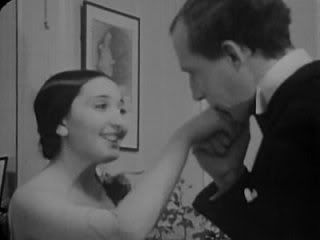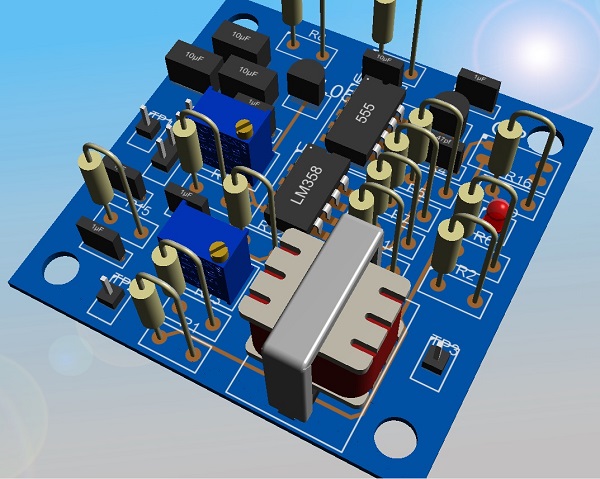Hello dewster,
The 555 only drives the LED which indicates the signal level is high enough to create the sound and it can be a Null indicator. A transistor drives the 555 and the audio transformer, I seem to be doing some sort of phase shifting. I am clarifying the schematic which I will post soon, the 3D image is created from this. Not seen is an Opto LED switching on a NPN photo transistor (V0618A) which is the part I do not know how to create. Autotrax in England will create the part for me for $10 which I might buy. Do you think the sound is interesting? Once I post a schematic hopefully you and others might suggest things to try before I get a few PCB's made.

Happy Birthday My lovely Clara
Christopher



